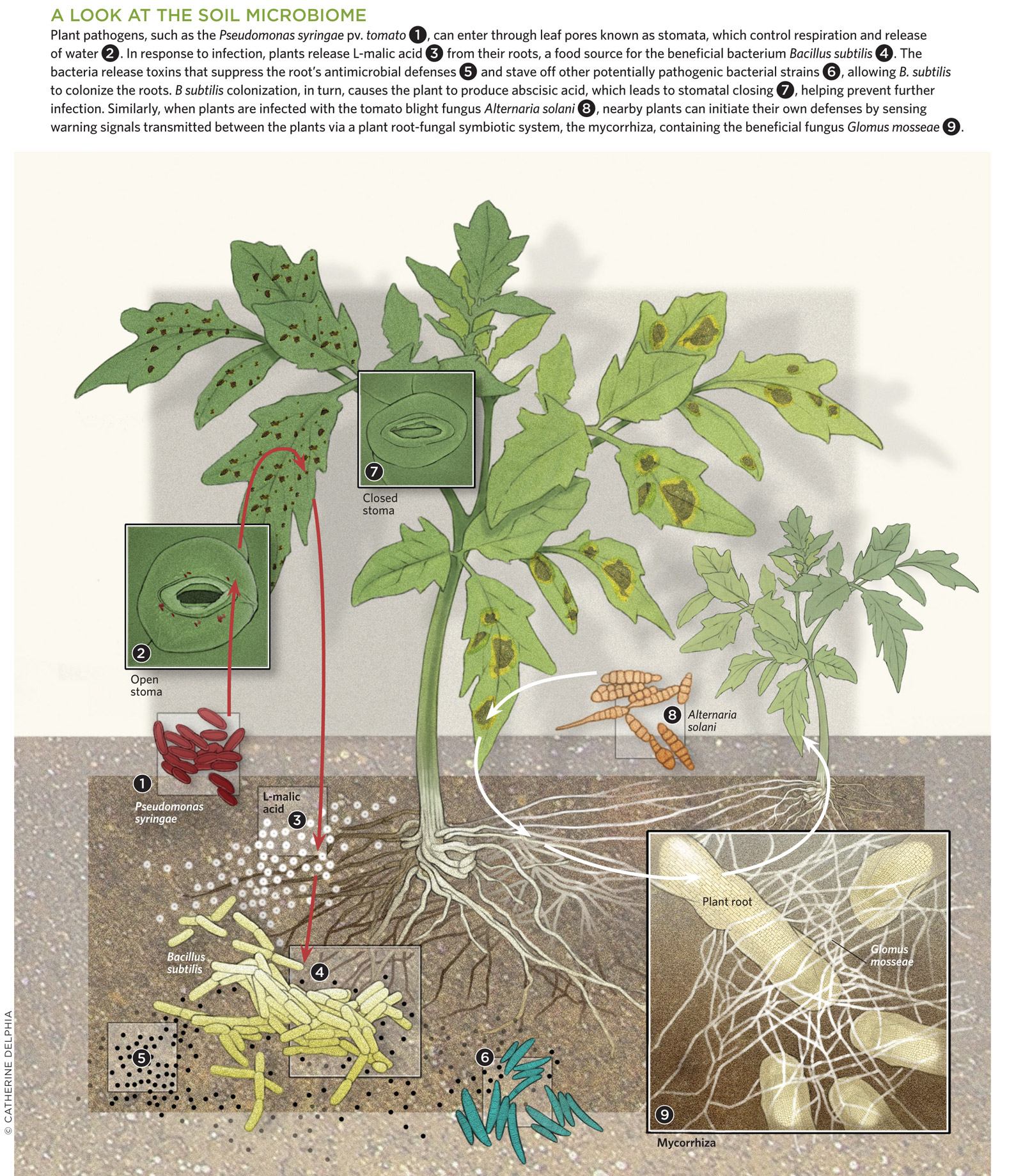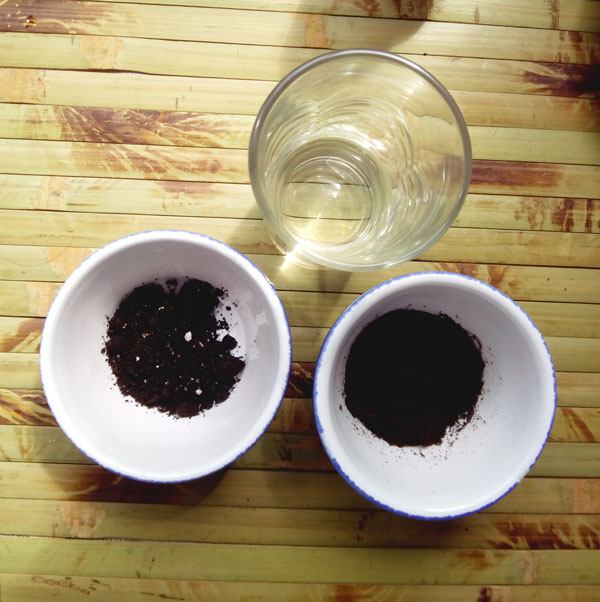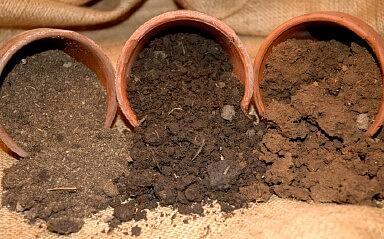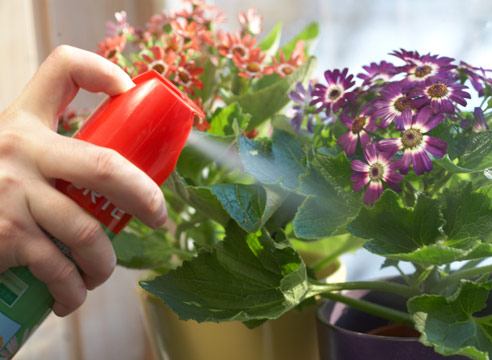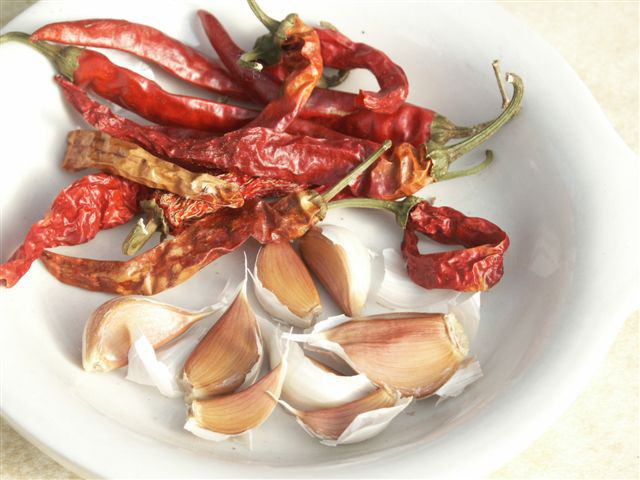It might seem easier to sterilize and treat potting soil compared to garden soil—it’s a smaller volume and you can monitor every inch of it. But if you get the proportions wrong, you can lose your entire harvest. In open ground, you can sow green manure, add smelly manure, or pour boiling water and potassium permanganate. Even if you make a small mistake, the soil can recover. With potting soil, there’s no room for error…
Soil sterilization is not for the lazy. If you don’t take at least basic measures, you can ruin all your hard work. Where does packaged soil come from? Often, it’s used soil from greenhouses, sifted and enriched with peat, mineral fertilizers, and ballast fillers. It sometimes contains unidentified weeds, but that’s manageable… What’s worse is that this soil is “enriched” with pathogenic bacteria, mold spores, aphid larvae, and other nasties.
Potting soil can be disinfected using several methods, which are discussed in this article.
Soil Roasting: Sterilizing Soil
My grandfather, a vineyard grower and gardener with 50 years of experience, treats soil for seedlings in 3 stages: roasting, adding ash, and yeast. He roasts garden soil on a large skillet, occasionally stirring and moistening it with a sprayer. He mixes a 3-liter jar of soil with a heaping teaspoon of ash and then adds yeast. Here I’ve detailed how to use regular yeast for your windowsill garden. It’s certainly time-consuming, but it guarantees no fungi in the soil and kills any pests. Ash acts as both a fertilizer and an additional sterilizer, while yeast inoculates the soil with its colonies, enriching it with nitrogen. This method isn’t the only one, nor is it the most convenient.
Another option is oven roasting (suitable for small volumes of soil): place damp soil in a baking sleeve and bake for 40 minutes at 180 degrees Celsius. This idea seems great to me.
Steaming Soil in a Double Boiler
Place a sieve over a pot of boiling water, layer with cheesecloth, add the soil, and cover with a lid. You can occasionally stir the soil. The process takes 20 minutes to 1.5 hours, depending on the amount of soil. After steaming, let the soil air out for a while. Add yeast or any available bacterial fertilizer to the warm soil. It’s effective to steam the soil in several small batches.
Biological Soil Sterilization with Fungicides
Popular biological fungicides include: Phytosporin, Barrier, Zaslon, Fitop, Integral, Bactofit, Agat, Planzir, Alirin B, Trichodermin. They act on fungi and pathogenic bacteria with “good” bacteria. I first used the Ukrainian equivalent of Phytosporin, Phytocid M. I planted mini tomato seeds in treated soil. Biological fungicides are praised by flower growers. Just follow the instructions carefully. It says on the packaging that diluted Phytocid should be used within a day, but I ended up with a three-liter jar and have been using it to water all my plants for the past two weeks. My cress salad is thriving with this watering—I’ve never had such lush yields!
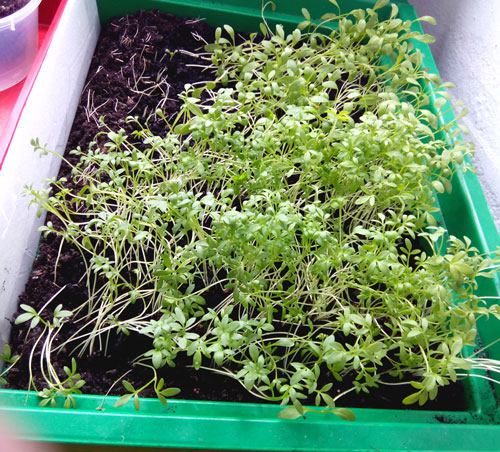 Cress Salad after Phytocid Treatment
Cress Salad after Phytocid Treatment
Chemical Soil Sterilization
I will mention chemical fungicides, but I don’t recommend using them—at least not for our windowsill gardens. I’ll only mention those with hazard class 4 (low hazard substances).
Albite. Contains terpene acids, extracts from soil bacteria, and trace elements. Comes in paste form. It prevents root rot, powdery mildew, brown rot, and other nuisances. Considered a biological fungicide with chemical action.
Potassium Permanganate. A familiar but less effective method of soil sterilization. It also acts as a potassium fertilizer.
There are many such preparations, but they are hardly suitable for us.
Copper Sulfate, Iron Sulfate. They sterilize and simultaneously suppress plant growth. Not suitable for us.
And the last remedy for today is mustard powder! Effective against fungi, bacteria, viruses, thrips, and nematodes. It loosens the soil and stimulates plant growth. Add it to the soil at a rate of one tablespoon per 5 liters of soil. Combine with nitrogen fertilizers.
Update 29.11.2016
Since writing this article, I have become much more cautious about the sources of information on which I base my material. Although soil sterilization for pots is traditional in post-Soviet countries, it is no longer practiced elsewhere. Adding bio-fertilizers with effective microorganisms (Baikal, Phytosporin, etc.) has no proven effectiveness in field conditions, although my own (subjective) experience shows results. According to some data described in the article about EM preparations, homemade infusions with effective microorganisms may be better than industrial mixtures (banana peel infusions, sauerkraut juice, yeast).
